Temporary & Portable Solar Lighting
Exploring Solar Light For Home Innovations at the 2025 China Import and Export Fair
The increasing demand for sustainable energy solutions has led to significant advancements in the use of
"Solar Light For Home" technologies. According to the
International Energy Agency (IEA), solar energy consumption
has grown by over 20% annually, driven by innovations that make solar lighting more accessible
and efficient for residential use. At the 2025 China Import and Export Fair, one of the largest trade fairs
in the world, industry leaders are set to showcase cutting-edge solar lighting innovations that cater to environmentally conscious consumers.
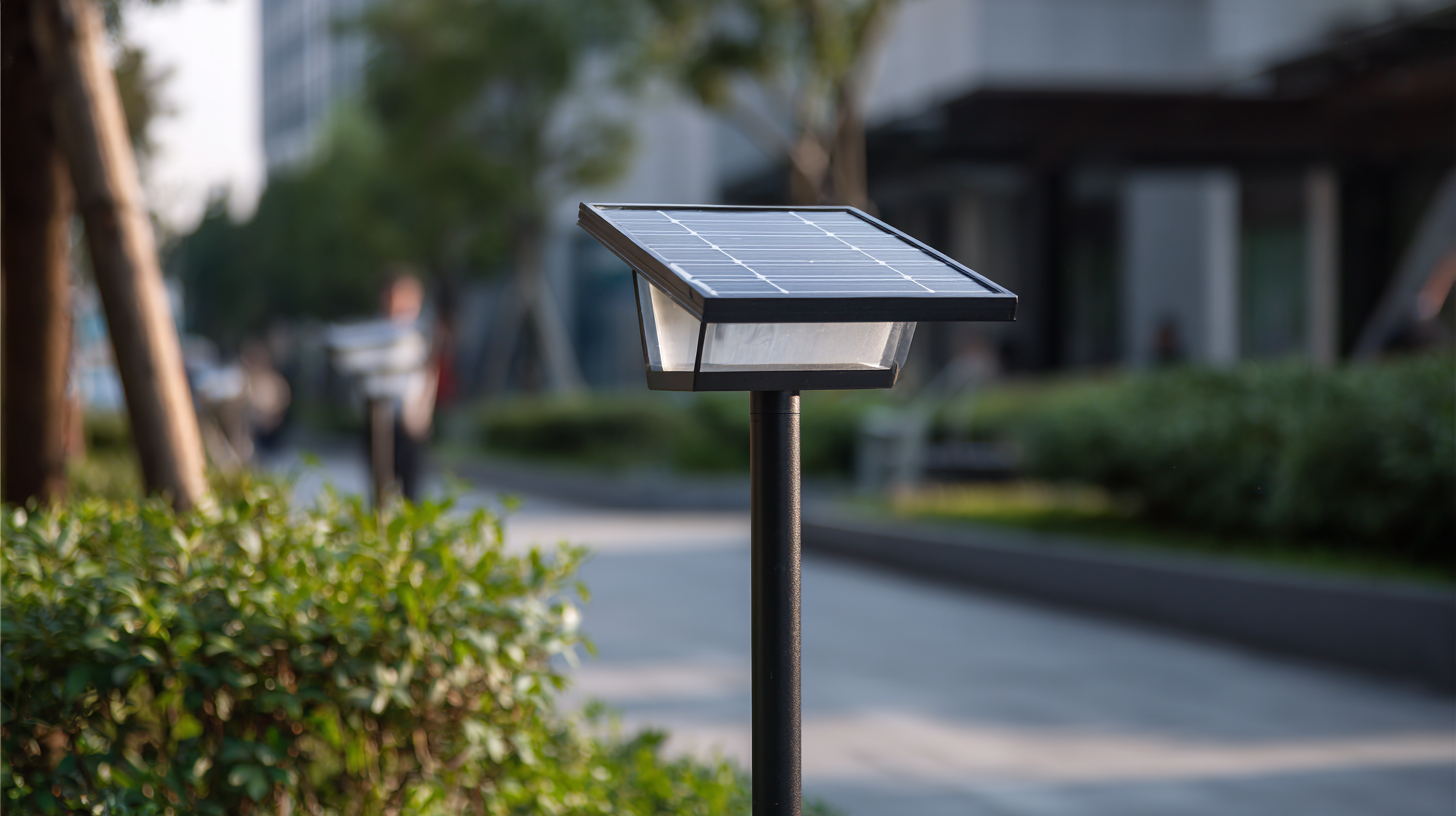 With global market projections estimating the solar home lighting market to reach nearly
$10 billion by 2027, the fair will not only highlight product advancements but also emphasize the role of solar
energy in mitigating climate change and enhancing energy independence for households. This pivotal event promises to connect manufacturers with buyers
while promoting the transformative potential of solar technology in everyday living.
With global market projections estimating the solar home lighting market to reach nearly
$10 billion by 2027, the fair will not only highlight product advancements but also emphasize the role of solar
energy in mitigating climate change and enhancing energy independence for households. This pivotal event promises to connect manufacturers with buyers
while promoting the transformative potential of solar technology in everyday living.
Innovative Solar Light Solutions for Sustainable Home Practices
The 2025 China Import and Export Fair presents an exciting opportunity to showcase innovative solar light solutions that can transform sustainable home practices. With global solar energy capacity projected to reach 1,200 GW by 2025, according to the International Renewable Energy Agency (IRENA), the integration of solar technology in residential settings is becoming increasingly feasible and attractive. This surge in capacity highlights a growing acknowledgment of solar energy's pivotal role in achieving energy efficiency and sustainability in domestic environments.
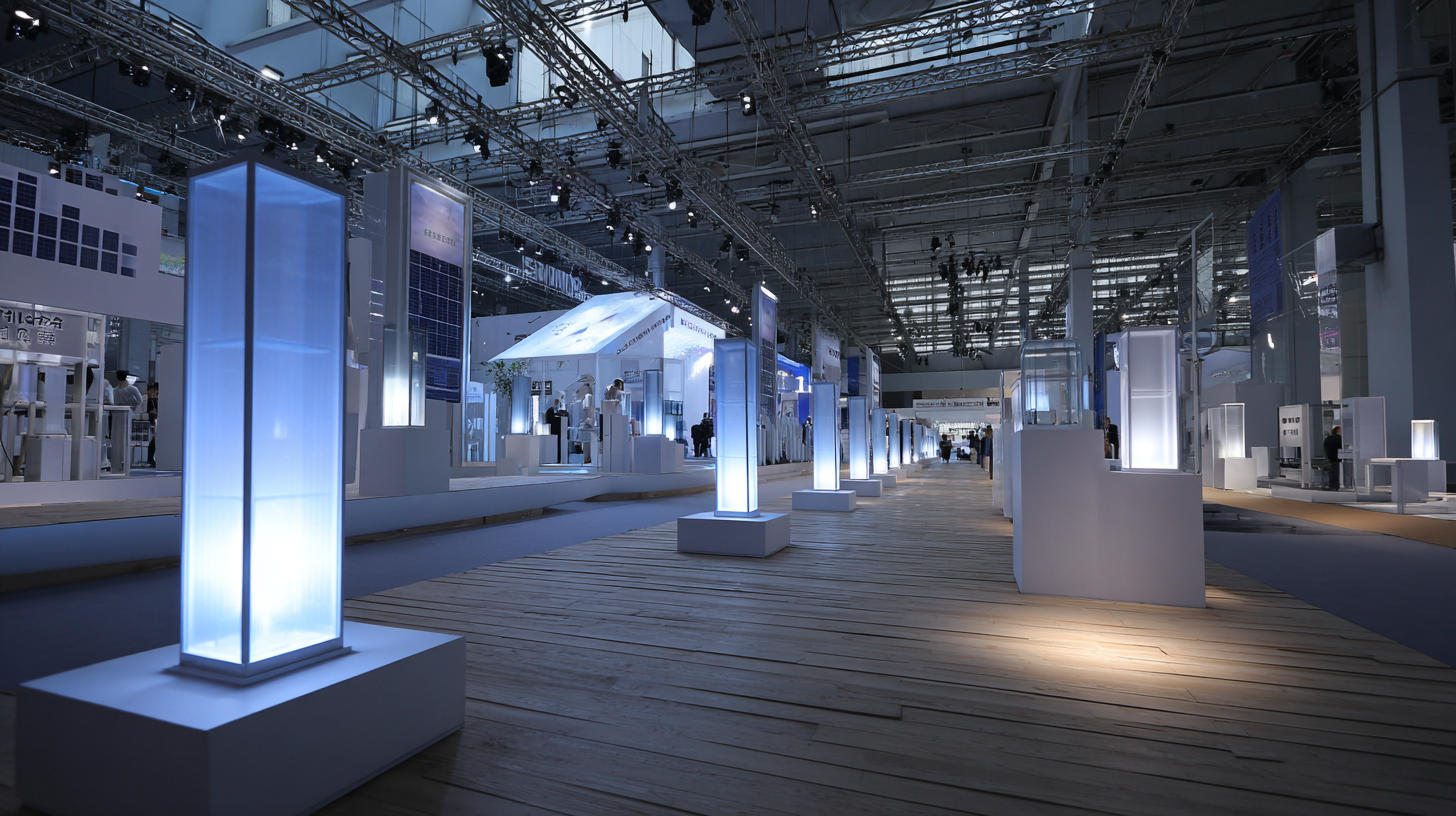
Innovative solar lighting products, designed with eco-friendly materials and advanced technologies, are paving the way for greener homes. For instance, research by Grand View Research indicates that the global solar lighting market is expected to reach USD 12.92 billion by 2025, growing at a compound annual growth rate (CAGR) of 18.3% from 2019. These products not only enhance the aesthetic appeal of homes but also reduce electricity consumption significantly, allowing homeowners to save on utility bills while contributing to a reduction in carbon emissions. By promoting the use of solar lights, the fair will serve as a platform for adopting sustainable practices that align with the needs of modern households.
Latest Trends in Solar Lighting Technology for Home Use
As the global focus shifts toward sustainable living, solar lighting technology is rapidly evolving to meet the demands of modern home use. The latest innovations emphasize energy efficiency and convenience, with researchers from the International Energy Agency (IEA) noting that solar lighting can reduce household energy consumption by up to 50%. Leveraging advancements in LED technology, manufacturers are producing solar lights that not only provide significant illumination but also integrate smart features, such as motion sensors and mobile control, appealing to tech-savvy homeowners.
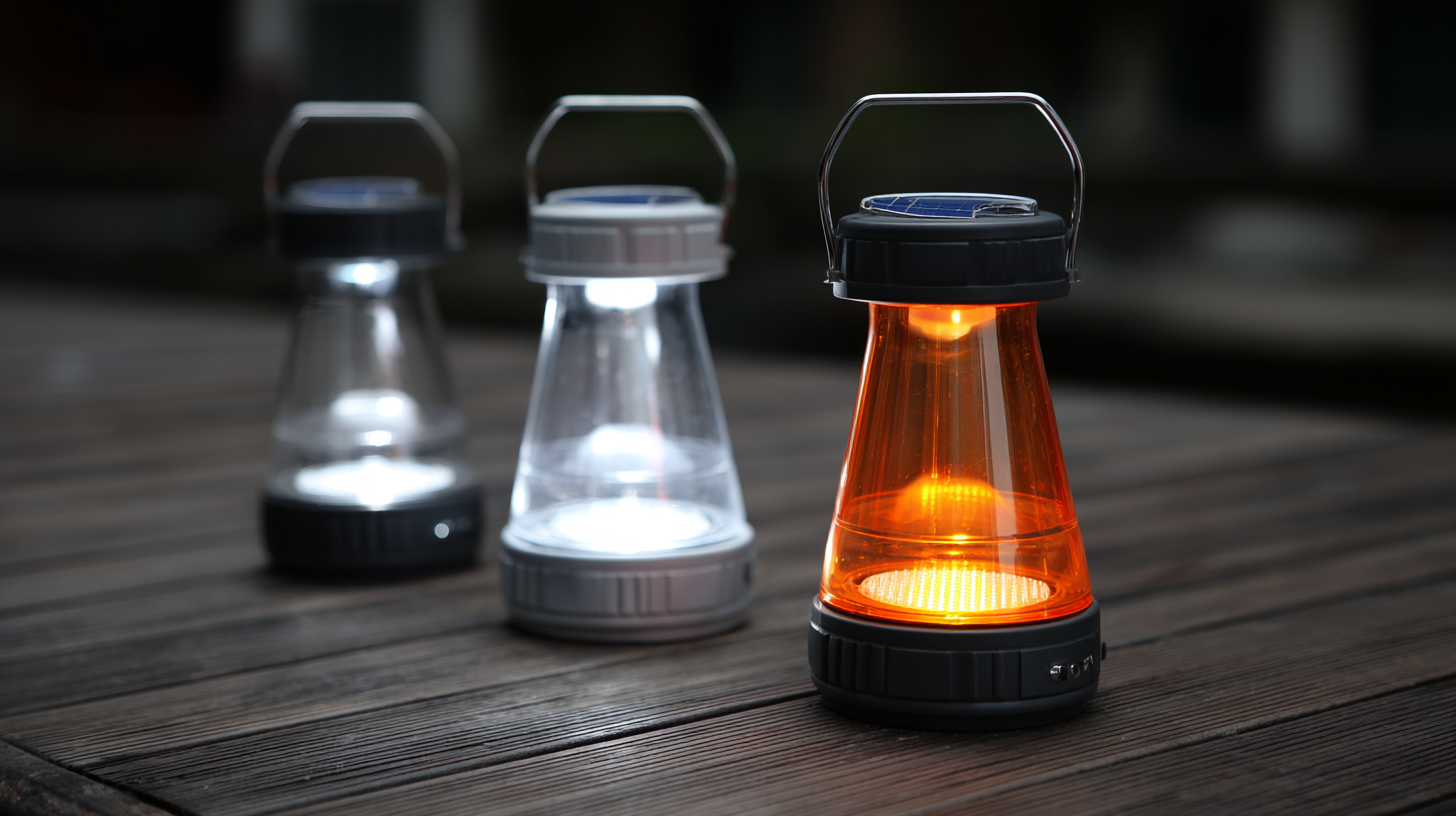
Implementing solar lighting at home is not just eco-friendly; it also fosters significant cost savings. According to a report by the Solar Energy Industries Association (SEIA), homeowners can save an average of $300 annually on energy costs with solar fixtures. With rising energy prices, investing in solar lighting has never been more financially sound.
Tip: When choosing solar lights for your home, consider fixtures that offer adjustable brightness and longer battery life, ensuring optimal performance during various seasons. Additionally, look for models that have a high luminous efficacy, providing more brightness with less energy consumption. This not only enhances your home's ambiance but also contributes to a greener planet.
Benefits of Integrating Solar Light into Modern Home Designs
Integrating solar light into modern home designs offers numerous benefits, making it an increasingly popular choice for homeowners and architects alike. One of the most significant advantages is the reduction in electricity costs. By harnessing solar energy, households can dramatically cut their reliance on traditional energy sources, leading to substantial savings on monthly utility bills. Furthermore, with advancements in solar technology, the efficiency of solar panels continues to improve, allowing for greater energy capture and utilization even in less than perfect weather conditions.
In addition to cost savings, solar light enhances the quality of home environments. Natural light is known to boost mood and well-being, creating a more inviting and comfortable living space. Solar fixtures, such as skylights and solar tubes, can illuminate dark areas of a home, reducing the need for artificial lighting and promoting a healthier lifestyle. Moreover, the integration of solar elements into home design can contribute to the overall aesthetic appeal, as these features often blend seamlessly with modern architectures, reflecting a commitment to sustainability and innovation.
| Feature | Description | Benefits | Integration Examples |
|---|---|---|---|
| Energy Efficiency | Utilizes renewable solar energy for lighting. | Reduces electricity bills and fossil fuel dependence. | Solar powered garden lights, solar lamp posts. |
| Sustainability | Minimizes carbon footprint through clean energy use. | Contributes to environmental conservation efforts. | Solar panels integrated into rooftops. |
| Aesthetic Variety | Available in various designs and colors. | Enhances home decor while being functional. | Artistic solar wall sconces, decorative solar fountains. |
| Low Maintenance | Durable with minimal upkeep required. | Saves time and money on repairs. | Solar-powered outdoor lights that last for years. |
| Smart Technology | Can be integrated with home automation systems. | Improves convenience and control of lighting. | Solar lights with remote app control. |
Showcasing Eco-Friendly Products at the 2025 China Import and Export Fair
At the 2025 China Import and Export Fair, a spotlight will shine on eco-friendly products, highlighting innovations that harness solar energy for sustainable home solutions. The market for eco-friendly products is witnessing rapid growth, with a recent report by the Global Market Insights estimating that the global green building materials market will reach $831.49 billion by 2027, driven by increasing consumer awareness and government regulations promoting sustainability. This creates a fertile ground for solar innovations that not only reduce energy costs but also contribute to environmental conservation.
One exciting exhibit expected at the fair is smart solar panel systems that can be retrofitted to existing homes, providing homeowners with a sustainable energy source. These systems offer substantial cost savings and play a pivotal role in reducing carbon footprints. A study published by the National Renewable Energy Laboratory indicates that residential solar installations can lead to an average of 60% savings on energy bills, illustrating the dual benefits of eco-conscious living and financial savvy.
Tips for attendees include seeking out products that use recycled materials or have certifications like Energy Star. Visitors should also explore workshops focusing on integrating solar technology into home renovation projects, which can offer practical insights into making eco-friendly choices. Embracing these innovations not only enhances living spaces but also promotes a greener future for all.
Future Prospects of Solar Energy Adoption in Residential Spaces
As we look towards the future of solar energy adoption in residential spaces, the potential for innovation is both exciting and expansive. According to a recent report by the International Energy Agency (IEA), residential solar installations are predicted to reach up to 100 gigawatts globally by 2025, driven by decreasing costs and increasing consumer awareness of sustainable energy alternatives. This trend is particularly notable in countries like China, where the government has implemented policies to encourage solar adoption, aiming for a target of 500 gigawatts of total solar capacity by 2025.
Moreover, advancements in solar technology are revolutionizing how homeowners harness energy. Smart solar panels equipped with IoT capabilities allow for real-time monitoring and optimization of energy use, enhancing efficiency and cost-effectiveness for households. A study from Wood Mackenzie highlights that the residential solar market in the U.S. alone is expected to grow at a compound annual growth rate of 17% between 2021 and 2026. This increasing adoption not only contributes to energy independence but also aligns with global climate goals, making solar innovations at exhibitions like the 2025 China Import and Export Fair crucial for showcasing the future of sustainable living.
Related Posts
-
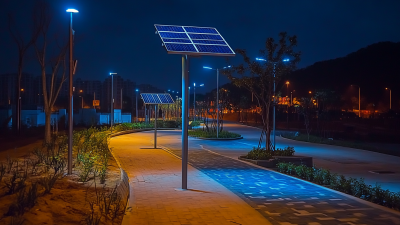
Top 10 Solar-Powered LED Light Manufacturers from China at the 137th Canton Fair
-

The Ultimate Guide to Choosing the Best Solar Hanging Lights for Global Buyers
-
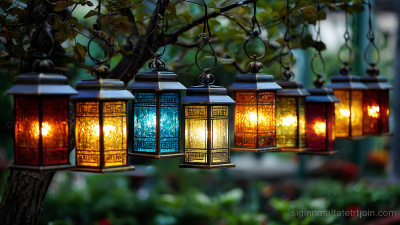
Shining Worldwide Quality of Best Solar Hanging Lights from China Dominates the Global Market
-
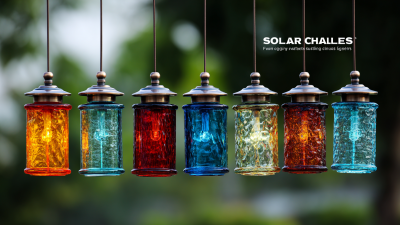
Discover High Quality Solar Hanging Lights from Leading Manufacturers in China for Global Buyers
-

What Are the Benefits of Using Solar Pathway Lights Outdoor for Your Property?
-

How to Maximize Outdoor Ambiance with Solar Panel Lights: A Comprehensive Guide
USA / Americas
1507 Capital Ave, Suite 102
Plano, TX 75074
+1 (214) 838-7010
8:00am – 5:00pm (GMT-6)
Australia / Asia Pacific
503 Cross Keys Rd,
Cavan SA 5094
+61 8 7200 3909
9:00am – 5:00pm (ACDST)
© 2025 Green Frog Systems. | Privacy Policy | Terms & Conditions


